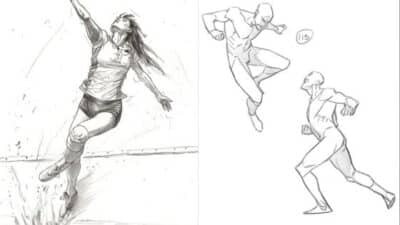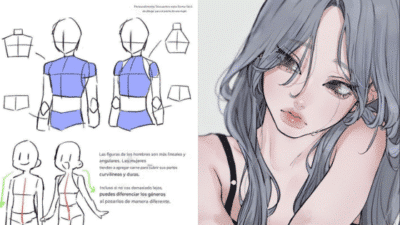Nature offers a vast and varied source of inspiration for artists, making it an ideal subject to explore through drawing. Whether you want to capture the serene beauty of a forest, the delicate intricacies of flowers, or the sweeping grandeur of a landscape, nature drawing ideas provide countless opportunities to develop your skills and express your creativity.
Starting with simple shapes and forms found in plants and animals can help you build confidence and understanding of natural structures. As you advance, experimenting with light, texture, and perspective allows you to create more dynamic and realistic artwork that truly reflects the atmosphere of the outdoors.
You can choose from a wide range of subjects like mountains, beaches, trees, or wildlife, adapting your drawings to your skill level and personal interests. With consistent practice and observation, your ability to depict the natural world will grow, deepening your appreciation and connection to it.
Key Takeways
- You can begin drawing nature by focusing on basic shapes and forms.
- Observing details like light and texture improves the realism of your work.
- Exploring different natural subjects enhances creativity and skill development.
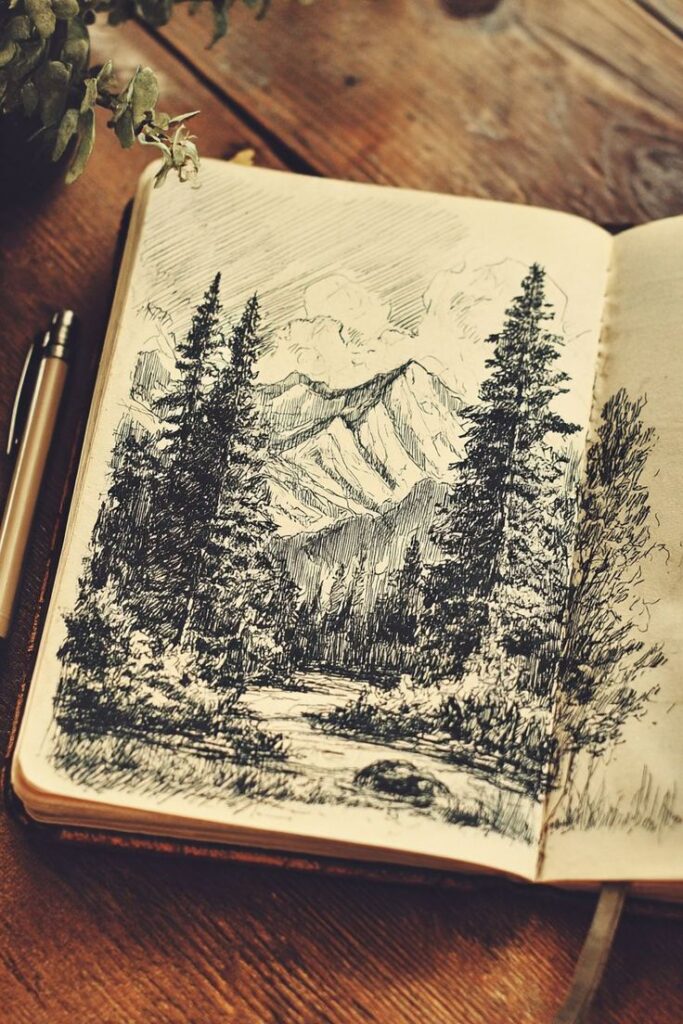
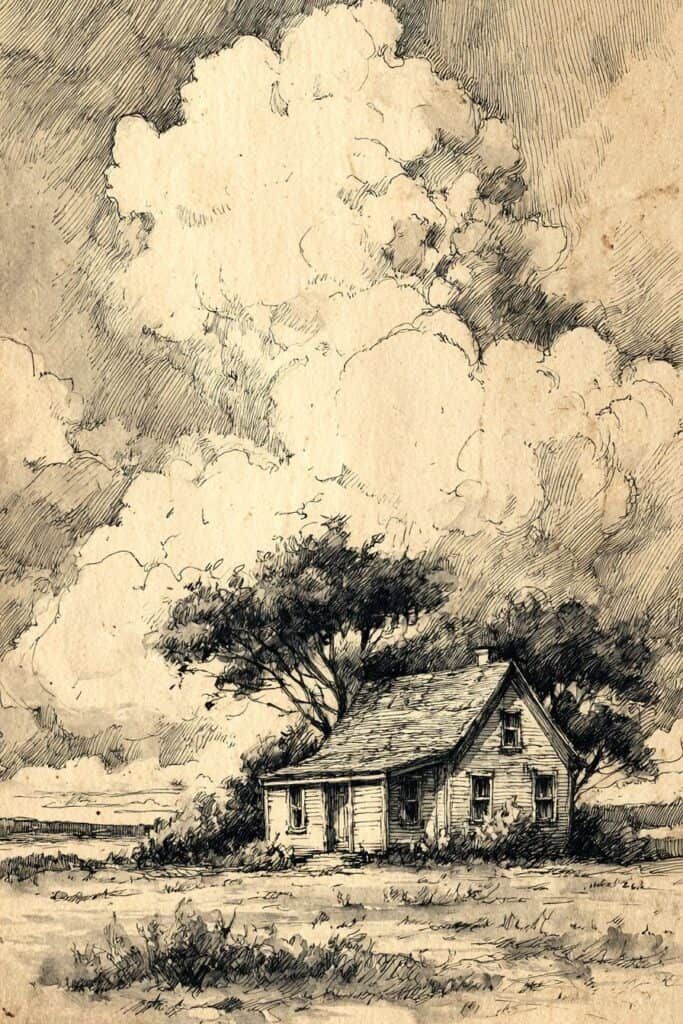
Getting Started With Nature Drawing
Starting nature drawing requires the right basic tools, a suitable sketchbook, and selecting a setting that enhances your focus and creativity. Each element plays a crucial role in how smoothly you develop your skills outdoors.
Essential Drawing Tools and Materials
Begin with a set of graphite pencils ranging from 2H (hard) to 6B (soft). This range lets you capture fine lines and rich shadows. Carry a portable eraser and a sharpener to maintain precision.
Add colored pencils or watercolor if you want to introduce color. A small pencil case will keep your tools organized and easy to access.
For comfort, include a drawing board or clipboard to stabilize your paper. Lightweight and compact tools minimize hassle and help you concentrate on observing details.
Choosing Your Sketchbook for Outdoor Art
Pick a sketchbook with medium-weight paper (around 150 gsm) to handle pencil, ink, or light watercolor. Spiral-bound sketchbooks let you flip pages easily, keeping your work flat and organized.
Choose a size that balances portability with enough space to work—commonly, A5 or A4 formats are ideal. A hardcover provides support without needing extra surfaces.
Look for paper with a slightly textured finish (cold press or vellum), which holds graphite and color well. Your sketchbook should be durable and weather-resistant if possible, since you’ll use it outdoors.
Best Environments for Sketching Nature
Find spots where you can observe detail without interruption. Parks, gardens, and quiet forest edges work well for uninterrupted drawing sessions.
Select locations with ample natural light but some shade to reduce glare on your sketchbook pages. Early mornings or late afternoons often provide the best lighting conditions.
Avoid overly crowded or noisy places. Being comfortable and calm enhances your ability to focus on shapes, textures, and the small intricacies of nature.
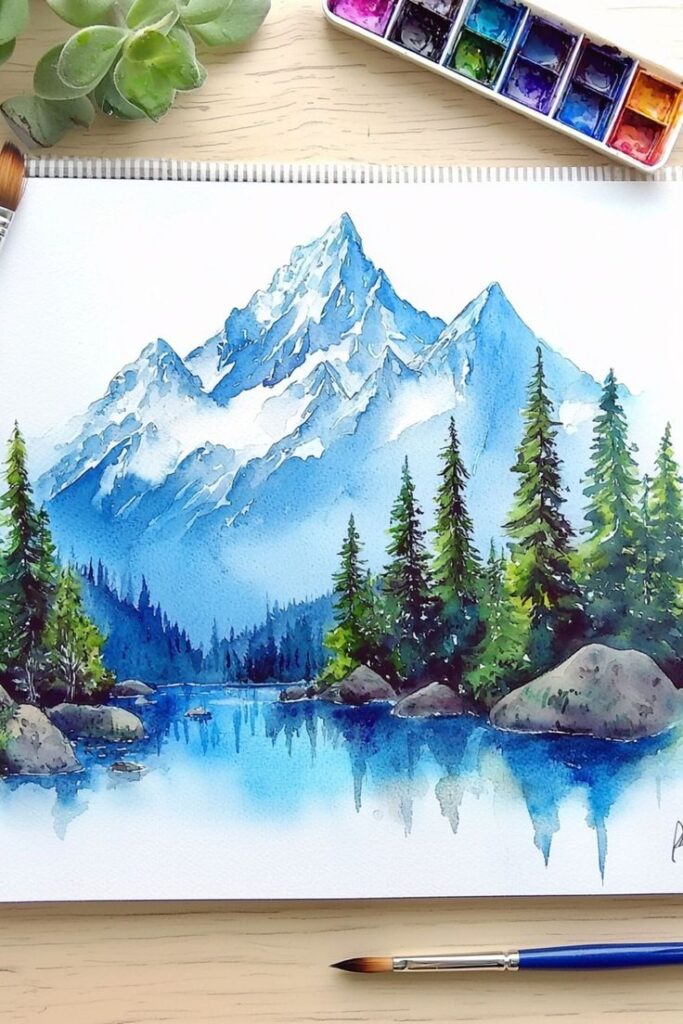
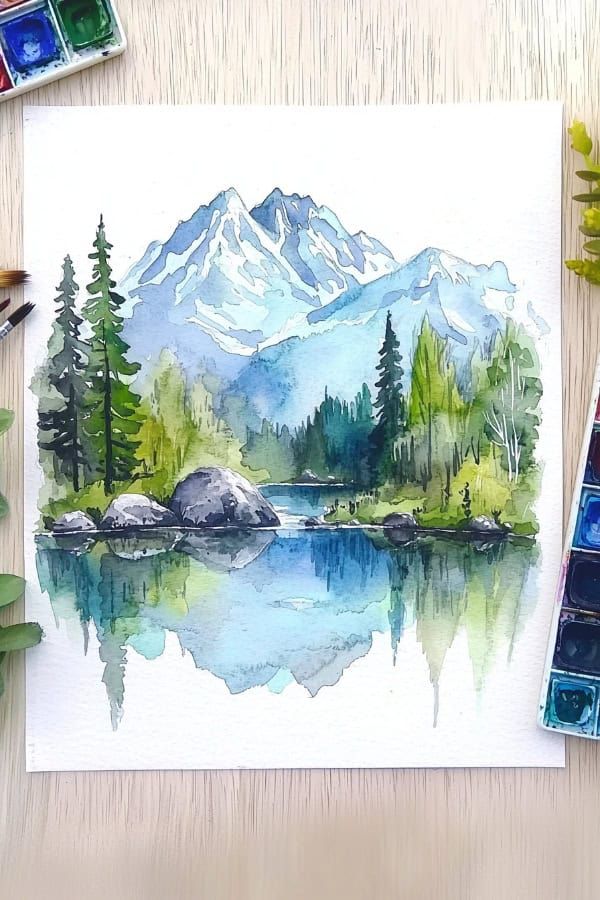
Fundamental Nature Drawing Techniques
Mastering nature drawing requires a combination of sharp observation, controlled line work, and effective use of color and texture. Understanding how to see detail, apply shading, and incorporate various materials like watercolors or pastels will help you capture the natural world with accuracy and expression.
Observation Skills for Drawing Nature
Your ability to observe closely is essential for accurate nature drawing. Focus on the shapes, proportions, and relationships between elements like leaves, branches, or rocks. Notice how light falls on your subject and how shadows form.
Take time to study textures and patterns in plants or animal fur. Use quick sketches to capture the essence before refining details. Observing from different angles helps you understand depth and form better.
Keeping a nature sketchbook and drawing regularly outdoors can improve your observation. The more you train your eye, the easier it becomes to render realistic and dynamic drawings.
Line Work and Shading Methods
Strong line work forms the basis of many nature drawings. Use varied line weights—lighter lines for distant elements, stronger lines for objects in the foreground—to create depth.
Practice different techniques like hatching, cross-hatching, and stippling to add texture and volume. Shading should follow the contours of the subject, enhancing its three-dimensional form.
Experiment with pencils of different hardness or switch to ink pens for clarity. When working with pastels, blend carefully to maintain line definition. Your goal is to balance structure with subtle tonal shifts to represent natural forms.
Incorporating Colors and Textures
Color adds life to your nature drawings and can be introduced through watercolors, pastels, or colored pencils. Choose a limited palette to maintain harmony while emphasizing key areas.
Layer colors gradually, allowing for variations in light and shadow. Watercolors are useful for transparent washes and soft transitions.
Texture can be suggested by brush strokes, pastel smudging, or textured paper choice. Combining texture with color and careful shading helps create a believable representation of natural surfaces like bark, petals, or water. Always observe how colors shift in different lighting to reflect natural variation accurately.
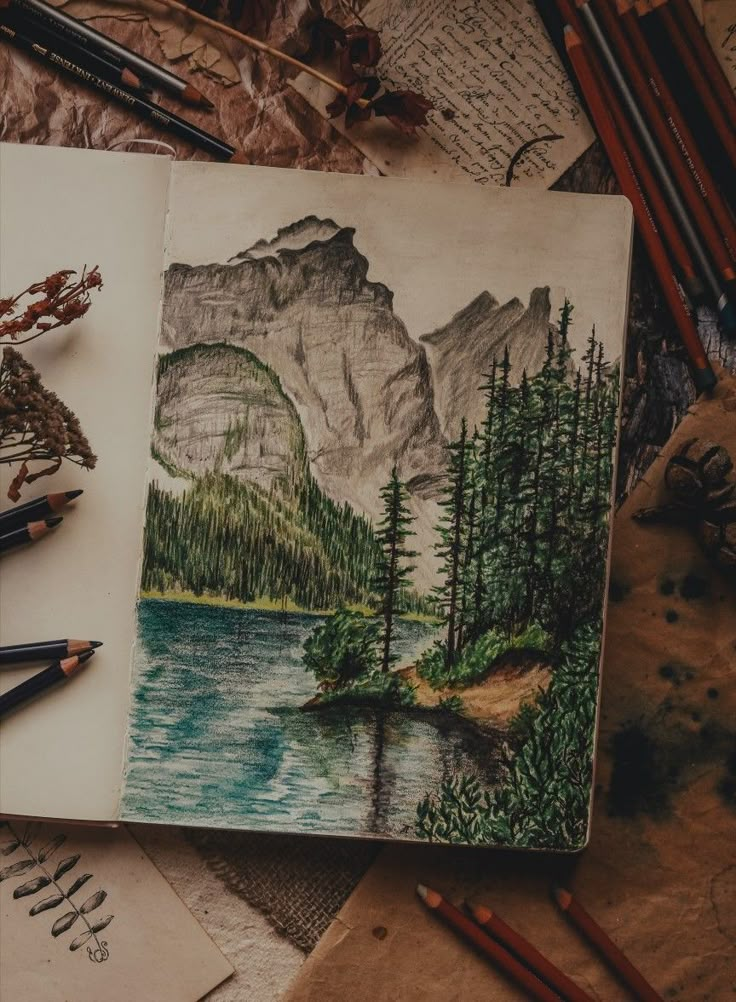
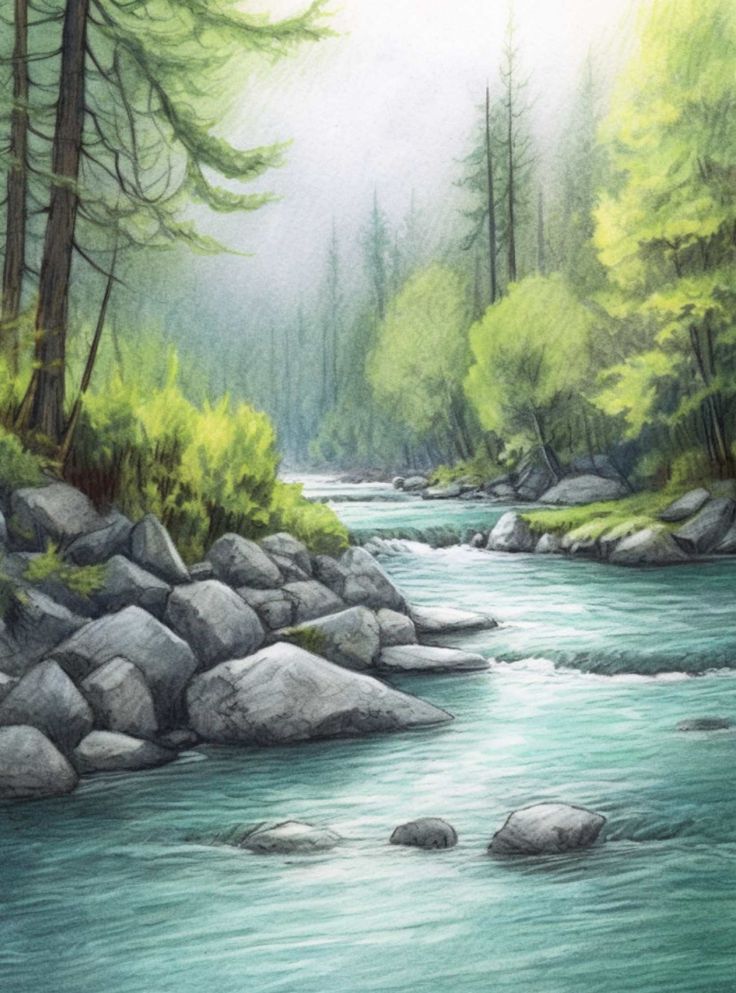
Nature Drawing Ideas for Landscapes
When drawing natural landscapes, focus on capturing distinct elements like terrain shapes, light, and texture. Develop your skills by exploring varied environments and practicing how to convey depth and mood through line, shading, and composition.
Mountain and Valley Scenes
Start with simple outlines of mountain peaks and valleys to establish the basic shapes of your landscape. Use varied line weights to distinguish between foreground and background features.
Incorporate elements such as rocky textures or snow caps to add realism and interest. Pay close attention to how light falls on slopes, creating shadows that define form and depth.
Consider adding valleys or rivers that wind through the scene to break up large shapes and create natural pathways for the viewer’s eye. Focus on balance between rugged mountain forms and softer valley areas.
Tranquil Forests and Woodlands
To draw forest scenes, begin with vertical lines representing trunks, varying their thickness to suggest distance and tree variety. Place clusters of foliage using textured shading or small, overlapping shapes to portray leaves.
Capture the interplay of light filtering through branches by leaving lighter areas or using a stippling technique. This adds a sense of atmosphere and depth.
Include details like fallen logs, underbrush, or winding forest paths to provide focal points and guide composition. Remember to vary your textures to differentiate rough bark from soft leaves.
Coastal and River Landscapes
Focus on the water’s surface reflections and movement by using smooth, flowing lines for rivers or waves. To create depth, vary the intensity of shading and include elements like riverbanks, rocks, or docks.
Depict coastal landscapes with attention to the contrast between land and water, using sharp edges for cliffs and softer, curved lines for sandy shores.
Add elements like distant boats, tidal pools, or grasses on dunes to bring life and realism. Use layering techniques to create a sense of distance between foreground shorelines and far-off horizons.
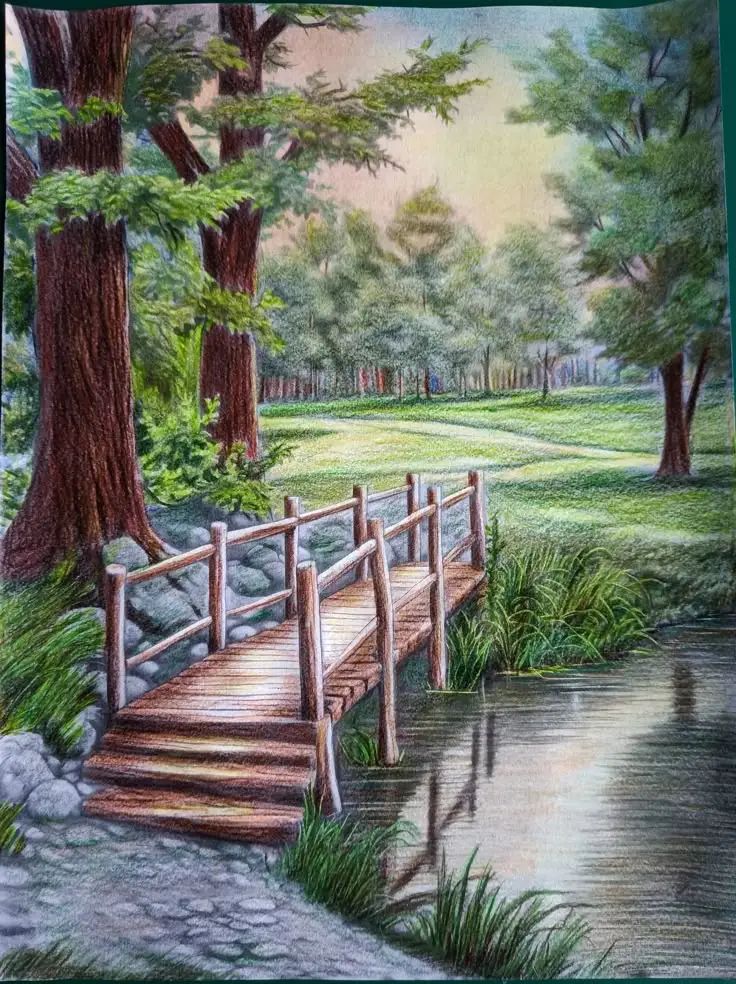
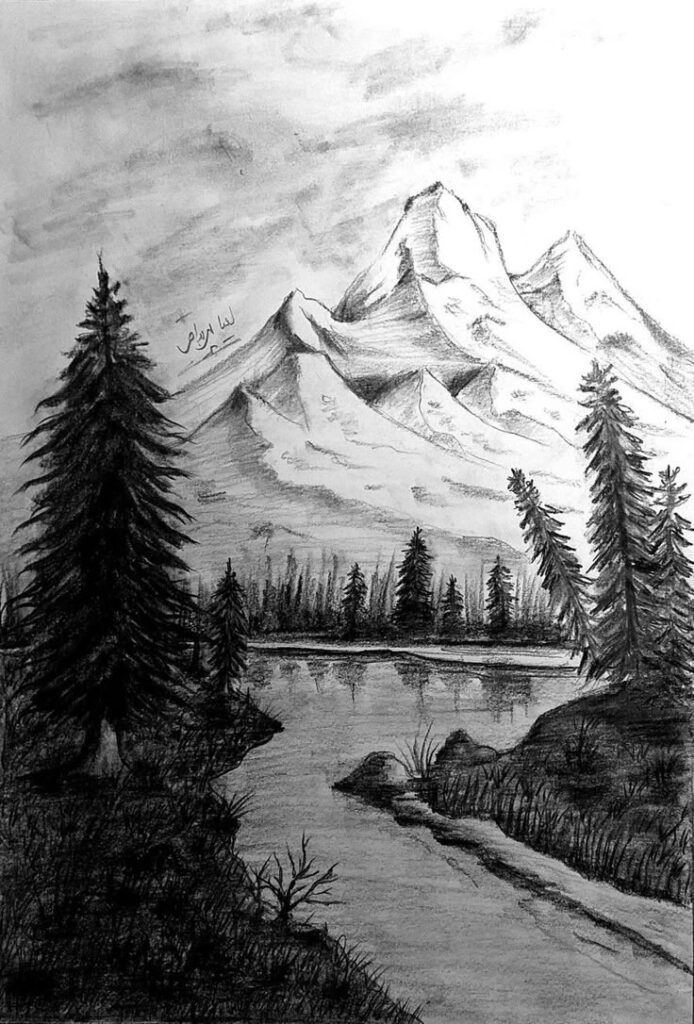
Flora and Fauna Inspired Art
When drawing nature, focusing on specific elements like leaves, flowers, and animals allows you to develop precision and deepen your observational skills. Each subject demands careful attention to detail, texture, and shape, using a variety of drawing techniques to capture their unique forms.
Drawing Detailed Leaves and Flowers
To capture leaves and flowers accurately, start by closely observing their structure—note the vein patterns, petal shapes, and how light creates shadows. Use fine lines for delicate details and varied pressure to suggest texture and depth.
Employ techniques such as cross-hatching or stippling to render shadows gently. Consider using contrasting shades to highlight veins and edges, enhancing the natural intricacy of the plants. Drawing from real specimens or high-quality photos will improve your understanding of subtle nuances.
Focus on mastering different leaf forms—broad, narrow, serrated—and the way petals overlap or curl. This practice enhances your ability to translate natural shapes into expressive, realistic sketches.
Wildlife Portraits in Nature
When drawing animals, concentrate on capturing the defining characteristics such as fur patterns, facial expressions, and posture. Begin with light sketches to outline shapes before gradually building texture and volume using layered strokes.
Pay attention to how the animal interacts with its environment; this may include adding shadows under paws or reflecting surrounding colors in fur or feathers. You can practice by sketching from life or photographs to improve your ability to convey anatomy and natural movement.
Use varied pencil grades to differentiate between soft fur and harder features like claws or beaks. Capturing the personality and vitality of wildlife adds depth to your nature drawing.
Insect Studies and Small Creatures
Insects and small animals require precision to depict their complex exoskeletons, wings, and delicate limbs. Observing minute details such as wing veining or antenna length helps create accurate representations.
You can use magnification tools or macro photography to study these tiny features. Focus on proportion and symmetry, which are crucial for insects, as well as texture—smooth wings versus rough body parts.
Line work should be crisp and controlled to reflect the intricacy of these creatures. Using a combination of light shading and sharp outlines will bring out the form clearly, making your drawings scientifically accurate and visually engaging.
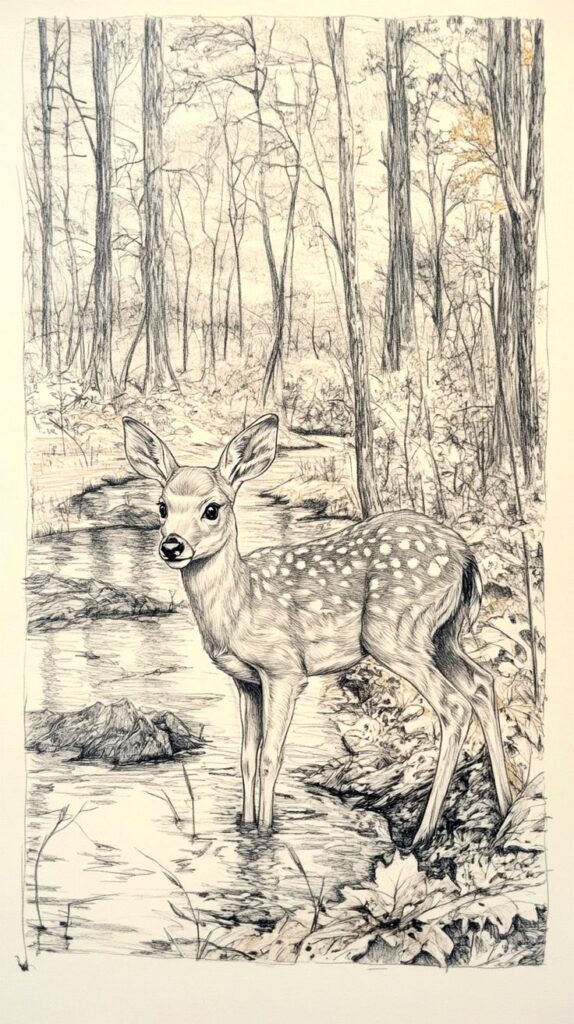
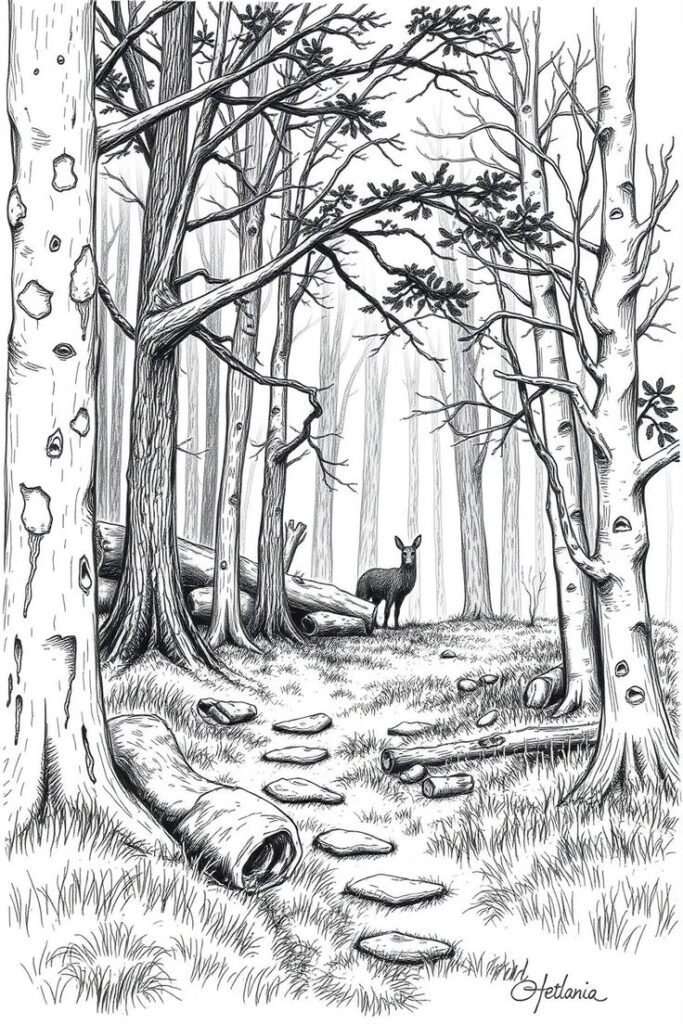
Creative Approaches and Advanced Inspiration
Exploring different techniques and seasonal changes can deepen your connection with nature drawing. Using varied materials and prompts will keep your practice fresh and challenge your skills.
Mixed Media and Experimental Styles
You can enhance your nature drawings by combining materials like watercolors, pastels, and ink. Watercolors add fluidity and transparency, while pastels provide rich texture and vibrant color. Using both allows you to create layered effects that capture natural elements more realistically.
Experiment with different paper types and sketchbook formats to see how they affect your media’s behavior. Try resist techniques, such as masking areas before applying watercolor washes, or add ink lines for sharp details over soft pastel regions.
Don’t hesitate to mix abstract shapes with realistic parts. This blend can highlight natural forms while allowing personal expression. Exploring these experimental styles expands your artistic range beyond traditional drawing ideas.
Drawing Nature in Changing Seasons
Nature offers distinct colors, lighting, and atmospheres with each season. Capturing these shifts in your drawings enhances your observational skills and challenges you to portray mood accurately.
In spring, focus on new growth and delicate blossoms using light washes and fine lines. Summer scenes call for saturated colors and bold shadows, ideal for using pastels or thicker watercolor applications.
Autumn emphasizes texture and warm tones, making it perfect for mixing different hues and materials. Winter’s minimalistic landscapes can be depicted with stark contrasts and monochrome palettes. Using a sketchbook to record these seasonal changes will give you a diverse collection of nature drawing ideas.
Nature Drawing Prompts for Your Sketchbook
Structured prompts can guide your practice and keep your creativity flowing. Use prompts like “draw the pattern of bark,” “capture the movement of leaves in wind,” or “illustrate a close-up of moss.” These focus your observation and improve detail work.
In your sketchbook, alternate between quick studies and detailed compositions to balance speed with refinement. Choose prompts that encourage using different tools—such as outlining with ink and filling with watercolor—to challenge your technique.
You can create a rotating list of themes based on weather conditions, animal activity, or landscape views. This ensures continuous inspiration while developing a well-rounded skill set specific to nature drawing.
- 176shares
- Facebook0
- Pinterest176
- Twitter0

